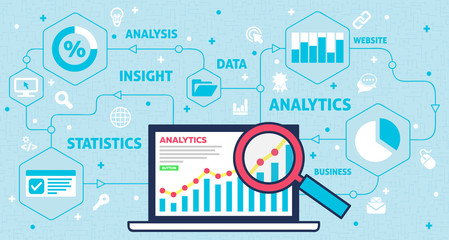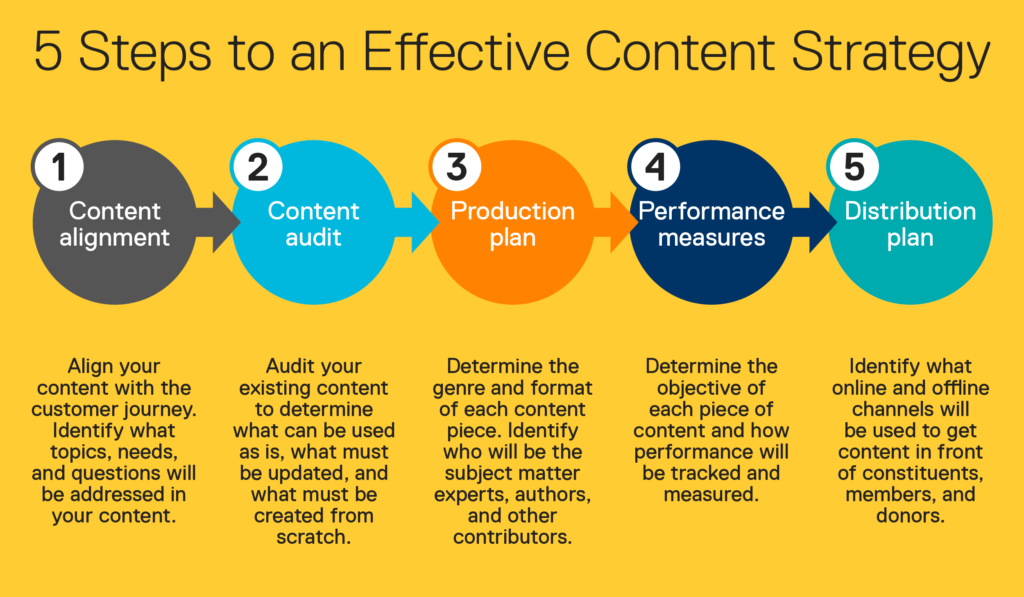Marketing Analytics gathers data through various marketing campaigns to analyze patterns such as campaign contribution in client conversions, client behavior, geographical preferences, creative choices, etc. Marketing analytics aims to use these patterns and findings to optimize future campaigns based on what was successful.
Marketing Analytics is beneficial for both marketers and clients. These analyses help marketers deliver higher ROI on marketing investments by acknowledging what successfully drives clients’ conversions and brand awareness. Analytics also ensure that customers see a more significant number of targeted, personalized ads that talk about their specific requirements and interests, rather than mass communications that pester them.
Marketing data can be analyzed using various techniques and models depending on the KPIs of each company. For example, Brand awareness Analysis is measured using different data and models than that of Conversion Analysis.
Some well-known analytics models and techniques include:
Media Mix Models (MMM): This attribution model looks at data accumulated over a long period of time.
Multi-Touch Attribution (MTA): This attribution model provides personalized data across each stage of the buyer’s journey.
Unified Marketing Measurement (UMM): This is a form of analysis that combines multiple attribution techniques, including MMM and MTA, into complete engagement metrics.
The Importance of Marketing Analytics
In modern marketing, detailed and reliable analytics is more important. Today’s customers are extremely selective in choosing the branded media they interact with and what they ignore. If a brand wants an ideal client’s attention, it needs to rely on analytics to create personalized ads to target each individual’s interests. This helps marketing teams promote right at the right time via the right channel for customer conversions and retention.
How Organizations Use Marketing Analytics
Marketing Analytics helps the business make all kinds of decisions: product launch, product updates, branding, etc. Data should come from multiple resources online and offline to counter fragmented views. This well-gathered, well-prepared data give insights into:
● Product Intelligence
● Customer Trends and Choices
● Product Advancement Trends
● Customer Support
● Media and Messaging
● Marketing Competition
● Future Results
Product Intelligence
Product Intelligence is all about acquiring thorough knowledge about its products and how it works in marketing, demand, and sales. This can be done by reaching out to the customers for feedback, taking product reviews, creating polls for target audiences to know their likes and dislikes, or engaging them with surveys to understand their requirements. This helps the companies better understand what makes their product stand out and the competitive advantages of their products. Using this analyzed data, the teams can align products as per customers’ requirements and market demand that help drive more customer conversions.
Customer Trends and Choices
Analytics can unveil a lot about the customers. What messaging connects with them? What products are they buying? What products are they interested in, what they have researched in the past? What types of ads are leading them to conversions, and which ads are being ignored?
Product Advancement Trends
Analytics also gives you insight into what types of product features customers are looking for. What are the current market and customer demands? What kinds of problems customers are facing, and how our products can prove a solution. The marketing team can pass all this information to the product development team for advancement and focus on new resolution areas.
Customer Support
Analytics also helps to reveal the area of clients’ journey, where they are struggling, what could be improved, how the process can be simplified and made hassle-free. What are client pain points, and what are their queries that can be resolved to provide a better customer experience?
Media and Messaging
Marketing analysis can determine which channel marketers choose to display messages for particular customers. This has become more important because of the multiple channels available. Besides traditional marketing channels such as print, television, and broadcast, marketers need to understand which digital channels and social media networks customers prefer. Analytics answers these important questions: What channel should you be using? Which media are driving the most sales? What message is connecting with your audience?
Competition
Who are your competitors in the market? How are they performing in the market? Is there a gap between you and the competitors? How can you fill the gap and outperform the competitors? Are there opportunities that competitors have closed the deal on you have missed? Marketing Analytics helps you understand all the vital metrics for a successful business.
Future Results
With Marketing Analytics, you can study the current market trends, understand customer requirements, focus on market demands. Thorough knowledge of why a campaign worked well and what didn’t work out in the previous campaigns can allow you to utilize all the experience in your future campaigns to gain higher ROI.





